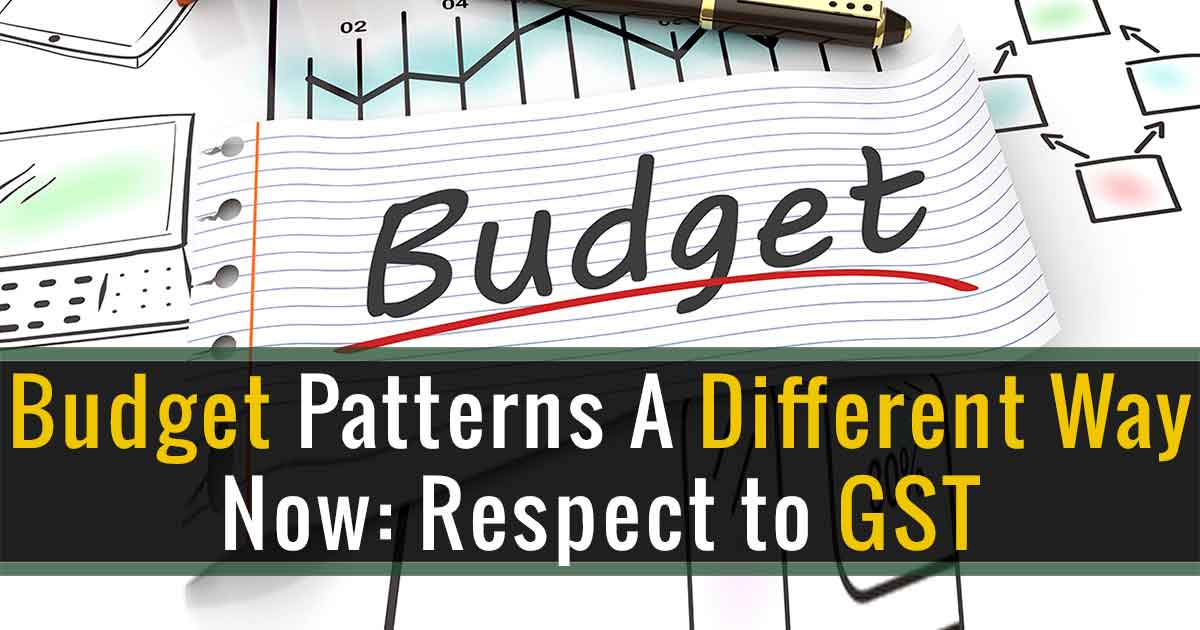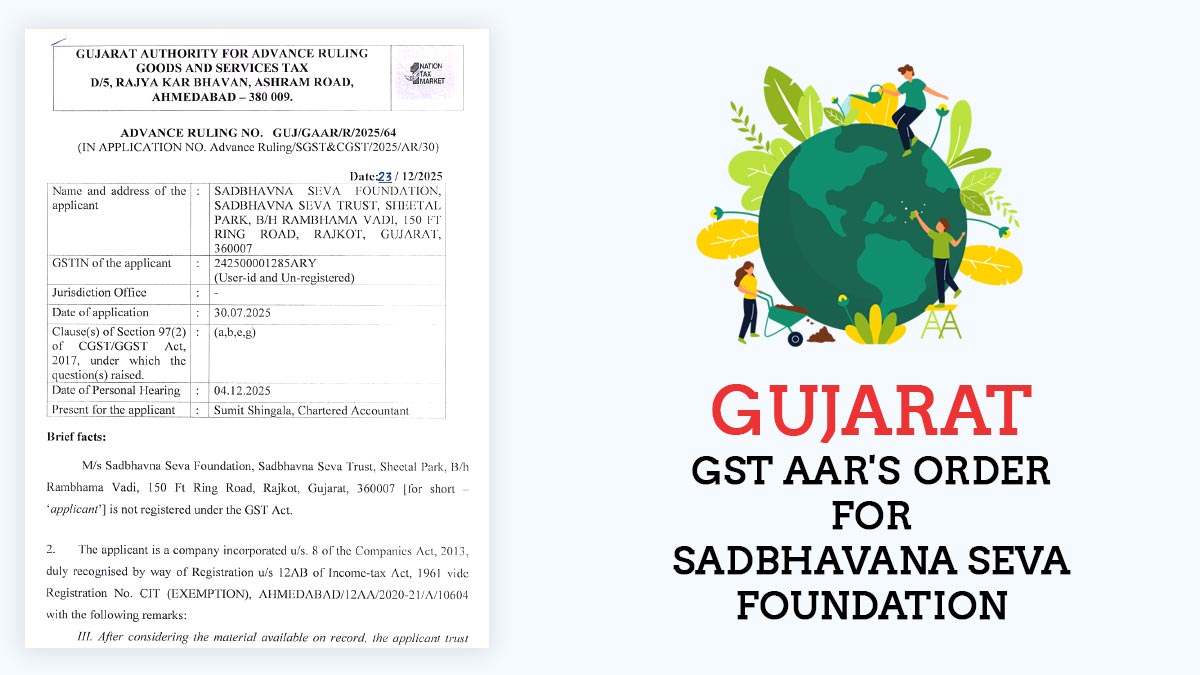
Pre-GST Changes Made To The Budget Structure
The Budget 2017 was not quite the same as past budgets in a couple of evident ways:
- The date was progressed to the begin of February, which ought to take into account more opportunity for arranging and executing for the following year
- The railway spending plan has been converged with the Union Budget, which takes into consideration an incorporated approach
- There have been no adjustments in tax collection rates for different classes and segments.
In any case, there is an additionally intriguing change contrasted with past budgets in a way that requires finding for some hidden meaning.
The accentuation on the agricultural part, was fascinating as the finance minister spoke not about farm loan waivers and least bolster costs however about how to empower farmers to expand their generation and efficiency; and to manage post-collect difficulties. The push of the financial backing was on the best way to make systems to help with particular projects for agricultural credit, higher scope of farm protection, expanded water system and likewise, similarly vitally, post-collect activities incorporating market changes in the Agricultural Produce Market Committee (APMC), coordinate linkage for fruit handling and even a model law for contract farming.
Read Also: Goods and Services Tax Impact on Agriculture Sector in India
Customarily, the spending fills three needs: First, it is a yearly financial proclamation of the legislature plotting its receipts and expenditures. Second, it fills in as a component of leading fiscal policy. And third, it is a path for the administration to impart its wide financial motivation with the nation.
The spending discourse additionally had different references to the production of digital assets and foundation, running from rapid broadband being accessible in 150,000 villages through BharatNet or particular focuses for PoS terminals and digital exchanges. Actually, the main class where the FM discussed zero excise and special additional duty (SAD) was in gadgets for digital exchanges, for example, small-scale ATMs.
From a flagging point of view, the monetary allowance has likewise given an unmistakable sign to the crores of non-wage assess paying people and low duty paying organisations that there is sufficient information that the administration arrangements to mine so as to expand the tax net.
Post GST Impact On Budget Structure
As before GST, the part B of union budget used to cover direct and indirect taxes but from now the situation is going to change completely. Part B is going to be the shortest till date because GST has subsumed all indirect taxes except customs duty. Officials say the advantage of it will be bigger part A can get more time to discuss the schemes, infrastructure, programmes, expenditure, sops, macroeconomic trends, social sector, fiscal forecast, banking, and capital markets.
Before the budget 2018-2019, so many corrections and rate revisions on various items and Goods are needed to be done under GST’s recommended rates. In the meeting held before the printing of a budget document, GST council has added so many vital points to revise the GST rates and make the budget pro-GST. The sources say, 150 items are added in the ‘fitment list’ and some items might get rate correction or tweak.
Budget for Common Man
The GST implementation has reduced the cascading effect of the previous indirect system but the applied new rates made so many changes in the life of end consumer. Some of the day-to-day items went high and some went low; the burden of a tax is on the common man who doesn’t understand how much tax he paid and what is the original cost of the product.
The FMCG products like toothpaste, soap, packaged foods, shampoo, cooler, TV became cheaper and salon or beauty parlours became expensive with increased 3% GST rates. In addition to it, taxi services reduced by 1%, hotel accommodation went up by 28%, economy class air travel lessen by 1%, and services went high by 3% more while domestic products’ prices hiked. Maybe for a long-term, India will be benefited by new tax regime but currently, it just shattered the system.
Recommended: GST (Goods and Services Tax) Impact on Common Man
Budget Effects On GDP
The hasty implementation of GST has impacted the GDP adversely. The GDP of India has shown 5.7% slowdown which was last year 7.9% in April-June Quarter. The decline in performance of key-sectors such as manufacturing, electricity, and construction sectors have pulled the economy down for April-June Quarter.
According to Morgan Stanley report, GST disrupted amid the growth of the economy but the growth momentum will remain stable and this fiscal’s GDP may touch 6.7%. As demonetisation and haste placement of GST have slow down the GDP, Morgan Stanley considered it as past moments and said, “However, considering that these events are already in the rear view mirror, we expect the underlying economic growth momentum to reassert themselves, leading to a re-acceleration in growth.”









